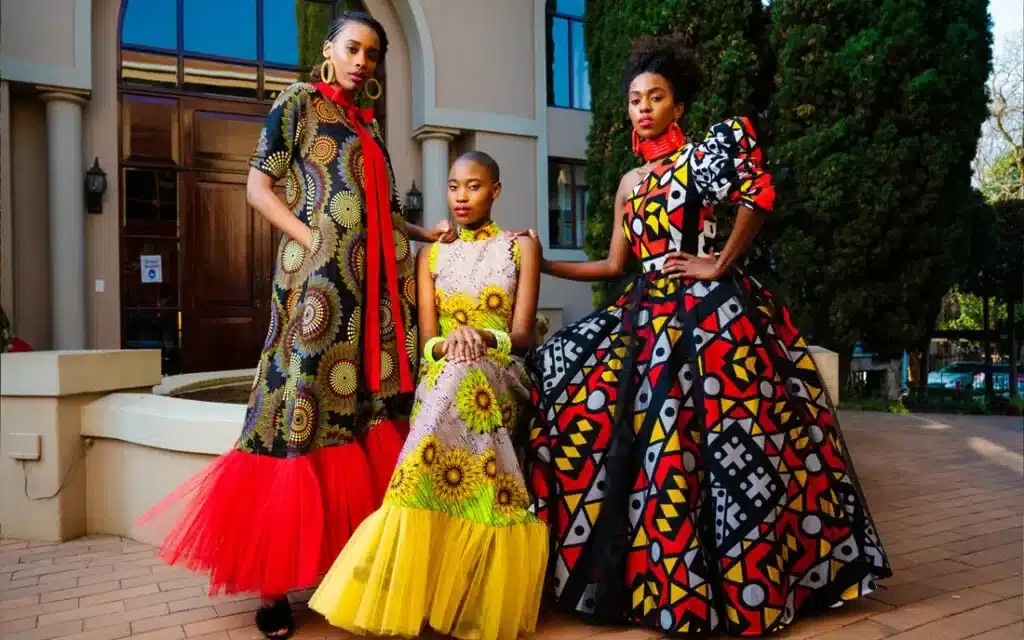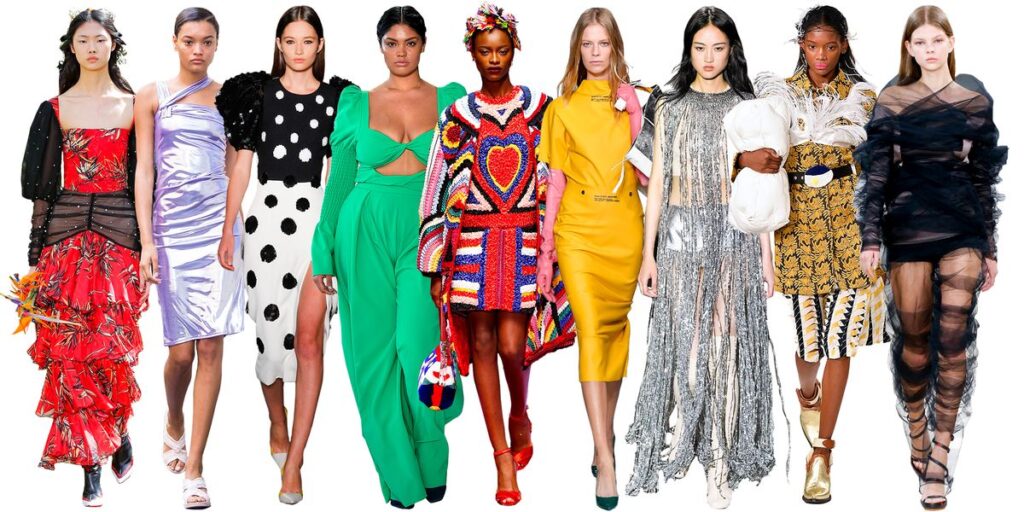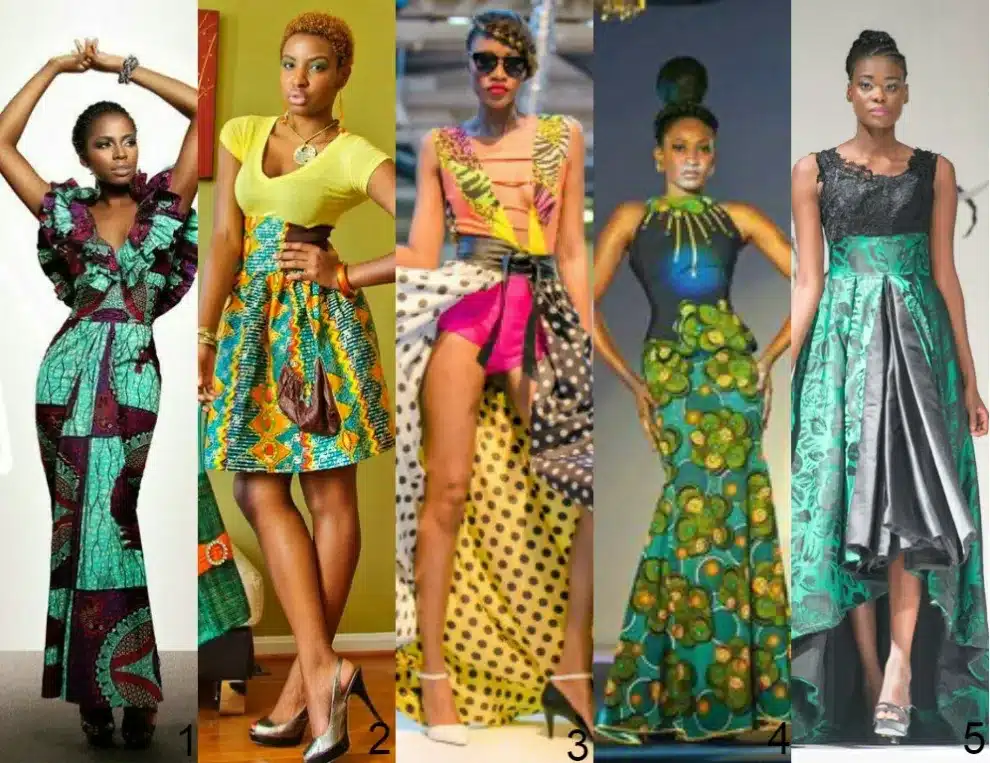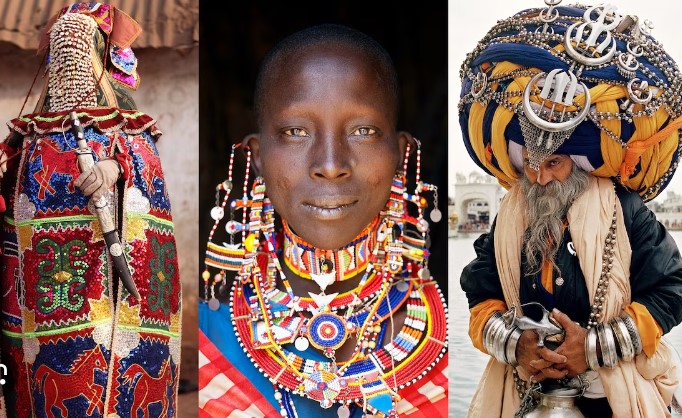Fashion and culture are two intertwined aspects of human society that have influenced each other throughout history. Fashion serves as a means of self-expression, reflecting the values, beliefs, and aspirations of individuals and communities. It is a dynamic and ever-evolving industry that not only shapes our personal style but also plays a significant role in shaping cultural identities and societal norms.
Culture, on the other hand, encompasses the customs, traditions, beliefs, and social practices of a particular group of people. It encompasses various elements such as language, religion, art, music, and fashion. Culture provides a framework within which individuals navigate their lives and establish connections with others. Fashion, as an integral part of culture, reflects and reinforces these cultural elements, creating a visual language that transcends boundaries and communicates shared meanings.

Throughout history, fashion has been a powerful tool for cultural expression. Different cultures have distinctive styles of clothing, accessories, and grooming practices that are reflective of their values and traditions. For example, traditional Japanese clothing like kimono represents elegance, simplicity, and respect for tradition. In contrast, vibrant colors, intricate patterns, and embellishments characterize the traditional clothing of various African cultures, representing their rich heritage and storytelling traditions. Similarly, the traditional attire of Indian culture, such as the saree or sherwani, reflects the country’s diverse regional identities and ancient traditions.
Fashion also plays a pivotal role in constructing and challenging gender norms within a culture. It is often used as a means of expressing and subverting societal expectations around masculinity and femininity. Over the years, there have been significant shifts in fashion that have challenged and redefined gender roles. For instance, the rise of androgynous fashion in the 20th century blurred the lines between traditionally male and female clothing, promoting a more inclusive and fluid understanding of gender identity. Today, fashion brands increasingly embrace gender-neutral collections, acknowledging the diversity of identities and challenging the binary notion of gender.

Fashion is not limited to clothing; it extends to hairstyles, body modifications, and even the use of makeup. These elements, too, are deeply rooted in culture and can convey specific messages and meanings. For example, traditional Maasai tribes in East Africa are known for their distinctive beadwork, elaborate hairstyles, and stretched earlobes. These adornments symbolize cultural pride, beauty, and social status within their community. Similarly, in ancient civilizations like Egypt and China, makeup and hairstyles were used as markers of social status, with elaborate hairstyles and cosmetics reserved for the elite.
Fashion also serves as a reflection of social and political movements. Throughout history, clothing has been used as a powerful medium for protest and rebellion, allowing individuals to express their discontent and challenge the status quo. The counterculture movements of the 1960s, for example, were characterized by their rejection of mainstream fashion and the embrace of alternative styles that represented their anti-establishment values. Similarly, in recent years, fashion has become a platform for advocating social justice and sustainability, with many brands using their influence to raise awareness about important issues such as body positivity, diversity, and environmental impact.

Furthermore, the globalization of fashion has resulted in the exchange and fusion of diverse cultural influences. Different cultural elements and aesthetics are constantly being borrowed, reinterpreted, and integrated into new fashion trends. This cross-pollination of cultures has led to a rich tapestry of styles and designs, enabling individuals to express their unique identities and create eclectic fashion statements. However, it is crucial to approach cultural appropriation with sensitivity and respect, recognizing the historical and social significance of the borrowed elements and giving credit to their origins.
In conclusion, fashion and culture are intrinsically linked, with fashion serving as a medium through which cultural identities, values, and traditions are expressed, challenged, and celebrated. From traditional attire to contemporary trends, fashion reflects the diverse tapestry of human experiences and provides a visual language that transcends borders. It has the power to shape societal norms, challenge gender roles, and act as a vehicle for social and political change. By understanding and embracing the cultural dimensions of fashion, we can foster a more inclusive and respectful global fashion community that appreciates the richness of diverse cultures.
WHAT’S OUT THERE: How Fashion Meets Culture






































